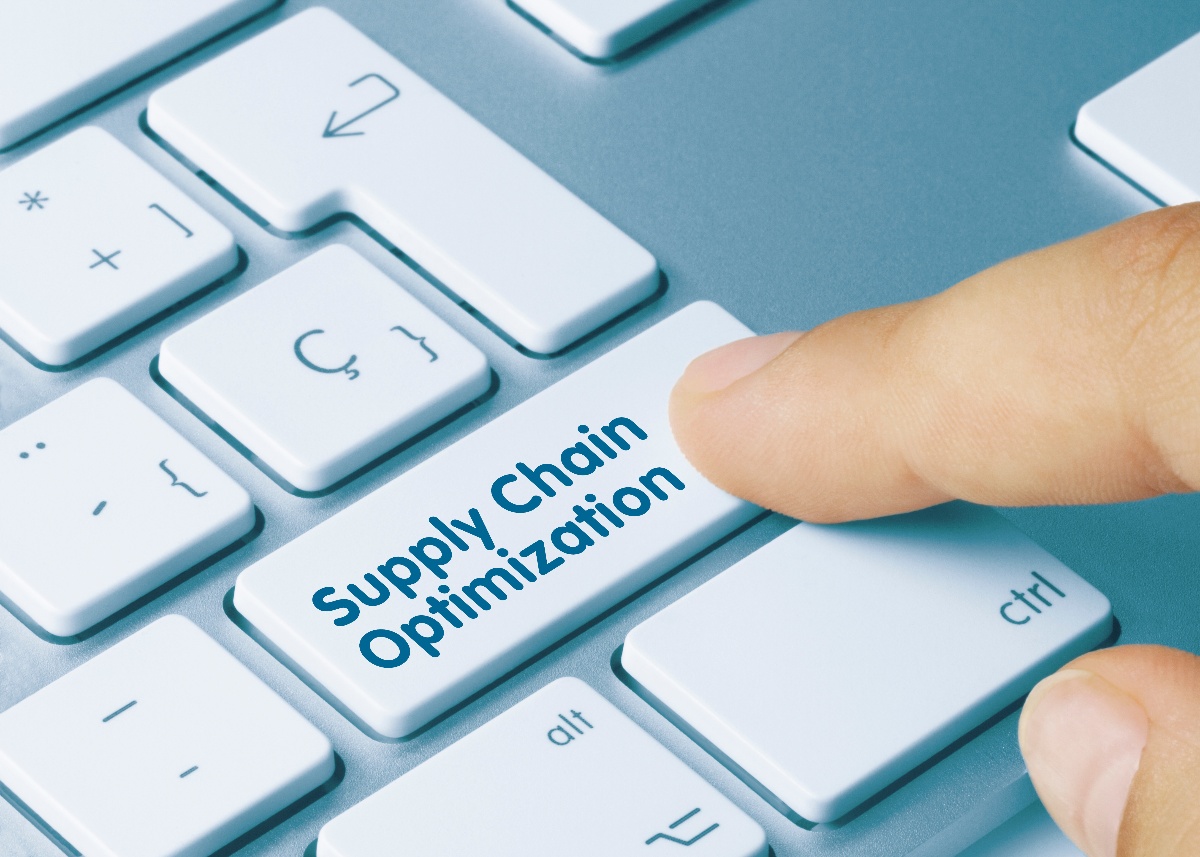Sustainability has become a crucial aspect of modern manufacturing as industries worldwide recognize the need to reduce their environmental impacts and preserve resources for future generations. Sustainable design principles offer a framework for incorporating environmentally responsible practices into the manufacturing process, from material selection to end-of-life disposal.
One material that holds immense promise in supporting these principles is fiberglass-reinforced plastic (FRP), a composite material known for its unique properties and versatility across various applications. This article explores the importance of implementing sustainable design principles in manufacturing and delves into the potential of FRP as a key material in promoting sustainable practices within the industry.
The Need for Sustainable Design in Manufacturing
Environmental impact of traditional manufacturing
The environmental impact of traditional manufacturing processes has been a major concern for decades. These processes consume a substantial amount of energy and fossil fuels, generate enormous amounts of waste, and release toxic chemicals into the environment. The continued reliance on traditional manufacturing methods is unsustainable, and the need for eco-friendly alternatives is becoming more pressing as the effects of climate change are felt around the world. As a result, manufacturers are turning towards sustainable design principles to help reduce their environmental impact and move towards a greener future.
FRP in Sustainable Manufacturing
Implementing sustainable design principles in manufacturing processes is essential for reducing the industry's environmental footprint. Fiberglass-reinforced plastic (FRP) stands out as a versatile and sustainable material that can help address several of these principles. Later sections examine how FRP contributes to sustainable manufacturing through resource efficiency, waste reduction, energy efficiency, lifecycle thinking, and social responsibility.
Growing consumer demand for eco-friendly products
Consumer demand for eco-friendly products has reached an all-time high. With more people recognizing the negative impact traditional manufacturing has on the environment, they are demanding products that are sustainably produced. Manufacturers who ignore this trend risk losing market share, as consumers are increasingly making purchasing decisions based on a product's environmental footprint. By implementing sustainable design principles, companies can not only meet this demand, but also establish themselves as leaders in the industry through their commitment to the environment.
Increasing government regulations and incentives
Governments around the world are taking action to encourage manufacturers to adopt sustainable design principles. This is being done through various regulations and incentives that offer financial support for sustainable manufacturing practices. As a result, companies are increasingly being held accountable for their environmental impact and are being incentivized to move towards sustainable methods. By taking advantage of these opportunities, manufacturers can not only reduce their environmental impact but also receive financial benefits that can help make them more competitive in the marketplace.
Long-term cost savings and competitiveness
Implementing sustainable design principles in manufacturing can also lead to long-term cost savings and increased competitiveness. By reducing energy consumption and waste, companies can save money on utility bills and materials, as well as improve their reputation among consumers. This can lead to increased sales and brand loyalty, making them more competitive in the marketplace. In addition, sustainable design can help companies attract and retain employees who are increasingly concerned about the impact of their work on the environment. By making sustainable design a core part of their business strategy, companies can create a brighter, more sustainable future for themselves and for the planet.
Key Sustainable Design Principles
Sustainable design principles are the cornerstone of an environmentally friendly manufacturing process. Implementing these principles can not only reduce the ecological footprint of manufacturing but also create long-term value and competitive advantages for businesses. This section will discuss six key sustainable design principles that can be applied to manufacturing processes.
Cradle-to-cradle design
Cradle-to-cradle design is a comprehensive approach to product development that considers the entire life cycle of a product, from raw material extraction to disposal or recycling. By designing products with their end-of-life in mind, manufacturers can minimize waste, reduce environmental impact, and contribute to a circular economy. Companies that embrace cradle-to-cradle design can gain a competitive edge by offering eco-conscious consumers products that align with their values.
Biomimicry
Biomimicry is an innovative design principle that draws inspiration from nature to develop sustainable solutions. By observing and emulating natural processes and systems, manufacturers can create products and technologies that are efficient, resilient, and environmentally friendly. This approach has led to breakthroughs in materials science, energy efficiency, and waste reduction, making it a valuable tool for sustainable manufacturing.
Circular economy
The circular economy is a regenerative model that emphasizes the efficient use of resources and the minimization of waste. This approach challenges the traditional linear economy, which is based on a "take, make, dispose" mindset. In a circular economy, products and materials are designed for longevity, repairability, and recyclability, ensuring that they remain in use for as long as possible. Manufacturers can benefit from adopting circular economy principles by reducing resource consumption, minimizing waste, and creating new business opportunities through recycling and remanufacturing.
Lifecycle assessment
Lifecycle assessment (LCA) is a comprehensive method for evaluating the environmental impacts of a product, process, or service throughout its entire life cycle. This systematic approach allows manufacturers to identify areas for improvement, reduce their ecological footprint, and make informed decisions about materials, processes, and technologies. By conducting LCA, companies can demonstrate their commitment to sustainability and differentiate themselves from competitors.
Energy and resource efficiency
Energy and resource efficiency are crucial aspects of sustainable design, focusing on the optimization of processes and technologies to minimize energy consumption and material waste. By adopting energy-efficient equipment, using renewable energy sources, and implementing waste reduction strategies, manufacturers can lower operating costs, reduce emissions, and preserve valuable resources for future generations.
Social and ethical considerations
Sustainable design goes beyond environmental concerns, encompassing social and ethical aspects as well. This includes fair labor practices, safe working conditions, and community engagement. Manufacturers that prioritize social and ethical sustainability can build positive relationships with stakeholders, attract and retain top talent, and enhance their brand reputation.
By integrating these key sustainable design principles into their manufacturing processes, companies can not only reduce their environmental impact but also create long-term value, ensure market relevance, and contribute to a more sustainable future.
Implementing Sustainable Design in the Manufacturing Process
Integrating sustainable design into the product development cycle
Integrating sustainable design principles into the product development cycle can be a game-changer for manufacturers. Collaborating early on between designers and manufacturers is key to ensuring sustainable practices are built into the product design from the start. Additionally, selecting eco-friendly materials and processes helps minimize the environmental impact of the manufacturing process. By adopting sustainable design principles, manufacturers can not only achieve their sustainability goals but also gain a competitive advantage in a market that increasingly values ethical, environmentally conscious products.
Reducing waste and pollution
Reducing waste and pollution is another crucial aspect of sustainable manufacturing. Adopting Lean manufacturing techniques can help manufacturers reduce waste and minimize resource consumption. Recycling and upcycling waste materials can also reduce the environmental impact of the manufacturing process. By implementing sustainable waste management practices, manufacturers can significantly reduce their environmental footprint and create a more sustainable manufacturing process.
Increasing energy efficiency
Optimizing equipment and processes and utilizing renewable energy sources are essential for achieving energy efficiency in the manufacturing process. By reducing energy consumption, manufacturers can not only reduce their environmental impact but also boost their bottom line. Renewable energy sources like solar and wind power can help manufacturers reduce their reliance on fossil fuels and reduce their carbon footprint significantly.
Ensuring social and ethical sustainability
Ensuring social and ethical sustainability is critical for manufacturers. Fair labor practices and safe working conditions are crucial for creating a sustainable and responsible manufacturing process. Manufacturers need to be actively engaged with local communities and stakeholders to understand their impact on the environment and society. By adopting sustainable manufacturing practices, manufacturers can minimize their environmental impact and contribute to the betterment of society while simultaneously achieving their business goals.
FRP can help address several of these principles
Resource Efficiency
Reduced Material Usage
FRP's high strength-to-weight ratio allows manufacturers to produce strong, durable products using less material compared to conventional materials such as steel or concrete. This reduction in material consumption contributes to lower raw material extraction and transportation impacts.
Lighter Weight Products
Due to the lightweight nature of FRP, the products made from this material require less energy for transportation and installation, decreasing fuel consumption and associated emissions. Furthermore, lighter products may reduce the need for heavy machinery, reducing the energy required for operations.
Longer Service Life
FRP's corrosion resistance and low maintenance requirements result in a longer service life for products, which reduces the frequency of replacement and thus conserves resources.
Waste Reduction and Management
FRP Recycling and Waste Diversion
The ability to recycle and repurpose FRP waste into new products helps divert material from landfills, reducing the environmental impact associated with waste disposal. Innovations in recycling technologies are continually improving, presenting opportunities to further reduce waste from FRP manufacturing processes. The incorporation of recycled glass fibers and resins into FRP production processes can decrease the demand for virgin materials and reduce the overall environmental impact of manufacturing.
Lower Energy Consumption during Production
FRP manufacturing processes often require less energy compared to the production of traditional materials like steel or concrete. This reduced energy consumption contributes to a lower carbon footprint for FRP products. FRP's insulating properties can contribute to energy savings when used in applications such as building envelopes, leading to reduced heating and cooling costs.
Lifecycle Thinking
Extended Product Lifecycles
The durability and longevity of FRP products help to extend their lifecycles, reducing the need for frequent replacement and thereby minimizing the environmental impacts associated with production, transportation, and disposal of products.
Reduced Environmental Impacts
The combination of resource efficiency, waste reduction, and energy efficiency in FRP production and application contributes to an overall reduction in the environmental impacts throughout the product's lifecycle.
Social Responsibility
Worker Safety and Health Benefits: The lightweight nature of FRP products can lead to reduced injuries associated with lifting and handling heavy materials. Additionally, FRP's corrosion resistance can contribute to safer working conditions by eliminating the risk of rust-related accidents.
Fiberglass-reinforced plastic has the potential to significantly contribute to sustainable manufacturing practices by addressing key design principles. By adopting FRP materials, manufacturers can reduce their environmental impacts while maintaining product quality and performance, ultimately paving the way for a more sustainable and resource-efficient industry.
The potential of fiberglass-reinforced plastic in promoting sustainable manufacturing is evident through its numerous advantages, including resource efficiency, waste reduction, energy efficiency, and extended product lifecycles. As industries continue to seek environmentally responsible solutions, adopting sustainable design principles and materials like FRP becomes increasingly essential.
By harnessing the benefits of FRP, manufacturers can minimize their environmental impacts while maintaining product quality and performance, ultimately contributing to a more sustainable and resource-efficient industry. As the demand for sustainable products grows, fostering collaboration between industry, academia, and policymakers will be crucial for driving further research, innovation, and adoption of FRP and other sustainable materials. This collaborative approach will ensure a greener, more resilient future for the manufacturing sector and the global community at large.













